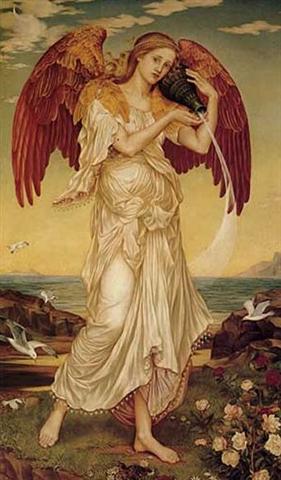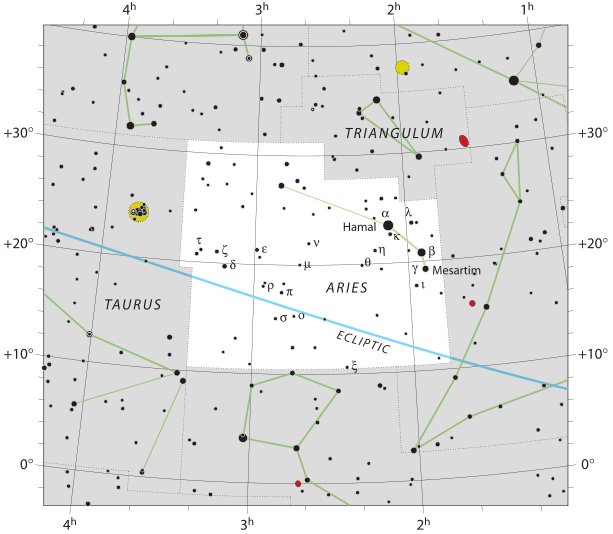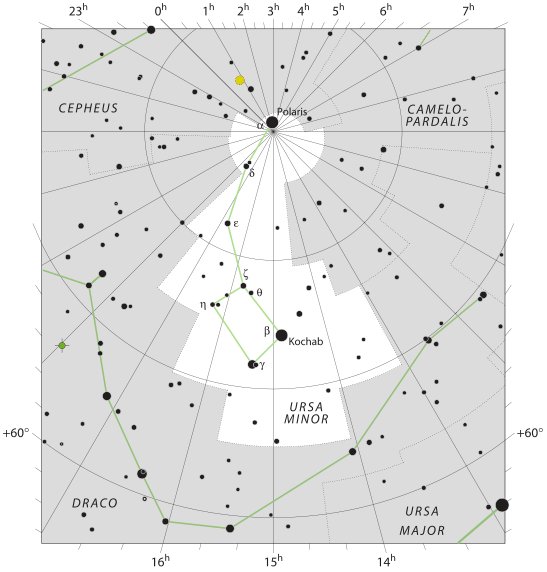10. At the time of Julius Caesar the cardinal point at 0h would have been at the rising vaha mea (red dawn opening) fish in Gb7-25, where indeed there has been an added little sign in form of its pointed tail.
Another added sign is its fat belly, which probably indicated pregnancy because winter was a season of scarce food, of famine: ... Antares, visible in the morning sky of December-January, came to stand for summer heat; hence the saying, 'Rehua cooks (ripens) all fruit'. The generally accepted version of the Rehua myth, according to Best, is that Rehua had two wives, the stars on either side of Antares. One was Ruhi-te-rangi or Pekehawani, the personification of summer languor (ruhi), the other Whaka-onge-kai, She-who-makes-food-scarce before the new crops can be harvested ... ... It was remembered (or it had been deduced) that anciently the summer north of the equator had begun when the Sun reached Aldebaran (α Tauri) and ended when the Sun reached Antares (α Scorpii). For Aldebaran the glyph type chosen by the creator of the G text was therefore what Metoro referred to as vaha mea (red dawn, the place for an opening coloured as the gills of fishes).
In rongorongo times the precessional distance down to Roman times was 27 days and therefore 'March 21 (80, 0h) + 27 = 107 (April 17).
The creator of the text has pointed out for us that the heliacal stars at April 17 were the same as those which at the time of Julius Caesar had stood at 0h.
The precession had moved the Sun earlier in the year with 68 - 27 = 41 days since the time of Aldebaran and in Roman times the constellation at the northern spring equinox was no longer the Bull but Aries:
The First Point of Aries was where a pair of stars rising together indicated 0h in Roman times, viz. Sheratan (β) and Mesarthim (γ). Remarkably they rose in the day after the right ascension position of Polaris (α Ursae Minoris) - the star at the north pole.
... I became curious about this star ... called Nuutuittuq [= 'never moves'] ... So, on the lee side of our uquutaq (a snow windbreak) I positioned a harpoon pointing directly at this particular star to see if it would move. In the morning I checked it and discovered that the Tukturjuit (Ursa Major) had changed their position completely but the harpoon still pointed at this star ... I had discovered the stationary star ...
|









